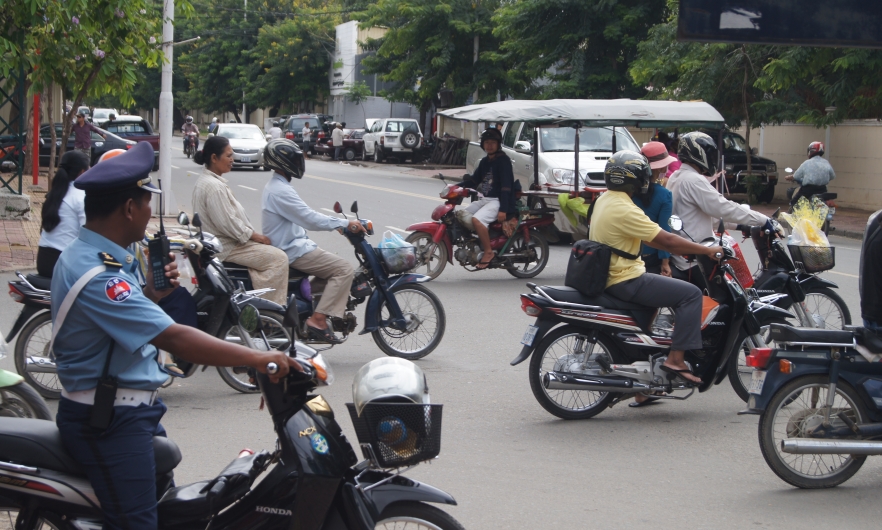Implementing Proven Road Safety Interventions Globally Could Save Half a Million Lives Each Year

A new study from researchers at the Johns Hopkins Bloomberg School of Public Health and the Milken Institute School of Public Health at George Washington University found that implementing proven road safety interventions could prevent between 25% and 40% of all deaths from road traffic injuries worldwide. Interventions targeting the four main risk factors for road traffic injury and death—speeding, drinking and driving, seatbelt use, and motorcycle helmet use—could save approximately 536,343 deaths per year, broken down as follows:
- Addressing speed could prevent up to 347,258 deaths per year
- Addressing drinking and driving could prevent more than 16,000 deaths per year
- Implementing interventions to increase seatbelt use could prevent over 120,000 deaths per year
- Increased motorcycle helmet use could prevent over 50,000 deaths per year
Examples of interventions that have proven to be effective include implementing electronic speed control and enforcement for drinking and driving, and enforcing rules for wearing motorcycle helmets and seatbelts.
The study estimates the number of lives saved in 185 countries if they all implemented proven road safety interventions that address the four main risk factors for road traffic injury and death. Country-specific estimations were developed for each country.
“We hope that these new estimates provide tangible impetus for the global road safety community to focus on implementing evidence-based interventions, especially in low- and middle-income countries,” says Andres Vecino-Ortiz, MD, PhD ’16, MSc, an associate scientist in the Department of International Health at the Bloomberg School and lead author on the study. “These estimates can be used by policymakers to perform their own cost-effectiveness analyses and be refined to inform local priority setting analyses to reduce road fatalities.”
Saving lives through road safety risk factor interventions: Global and national estimates was published in the new series in The Lancet on road safety on June 30.





